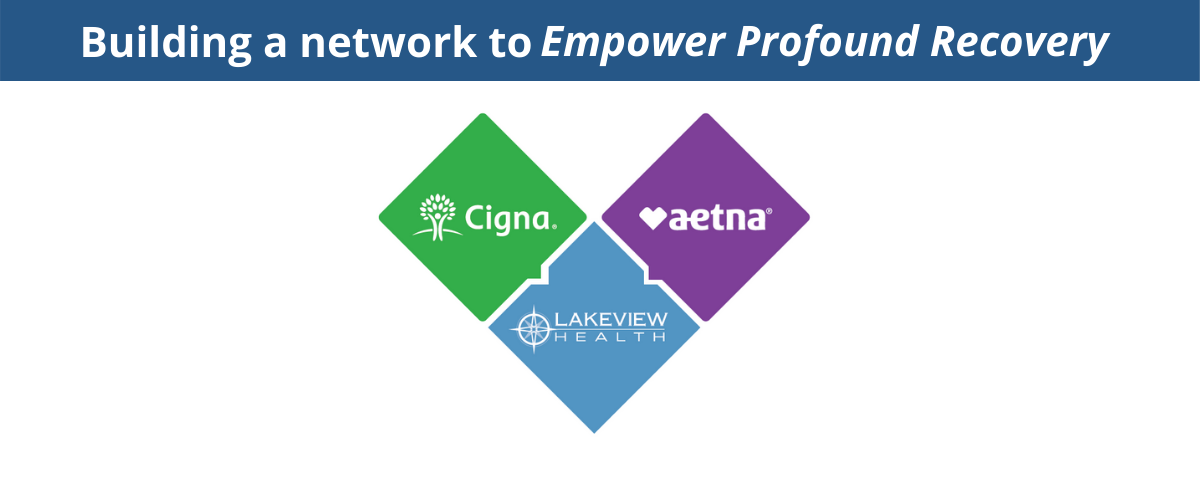

By: Michael Rass
More than 4,100 Ohioans died from accidental drug overdoses in 2016, a 36 percent increase from the year before. On average, eleven Ohioans died each day in 2016 from heroin, fentanyl, carfentanil, or other drugs. The crisis is apparently continuing to escalate. Earlier this year, the Columbus Dispatch contacted the coroner’s offices of all 88 counties in the state. Many of the coroners reported that 2017′s overdose fatalities are outpacing 2016′s. In his State of the State address in April, Ohio Governor John Kasich declared drug addiction “a common enemy,” and announced he is requesting up to $20 million in funding to help develop promising treatments and technologies to tackle the state’s opioid crisis. One key to ending the opioid epidemic is to raise awareness about the disease of addiction. Several playwrights and theaters have been exploring the devastation caused by addiction, using their industry’s response to the AIDS epidemic in the 20th century as a model, according to an article in The New York Times.
Chemical Tsunami
At the Dobama Theater in Cleveland Heights, Nathan Motta recently directed How to Be a Respectable Junkie, a one-man show based on interviews by the playwright, Greg Vovos, with a recovering heroin user.
How to Be a Respectable Junkie “speaks to addicts (those in recovery and those who have yet to kick); to their parents and loved ones numbed by disappointment, broken promises, and yet another fruitless stint in rehab. And it speaks to those lucky enough to have watched the numbers of ODs rise and rise without ever having to attend a funeral,” writes Andrea Simakis in her review of the play on Cleveland.com. The main character Brian is “a 30-something heroin addict living like a teenager in his mom’s basement. Pink Floyd posters decorate the walls; dirty, balled-up flannel shirts populate the space underneath a rumpled bed.” The play is structured around Brian making a YouTube video containing lessons for other people with addiction. “During his strung-out pontifications, he shoots up, nods off, laughs, rages and weeps. He also outlines a plan to kill himself after he finishes his digital diary,” writes Simakis. The play dramatizes the power of addiction and the enormous difficulties involved in overcoming it. Brian desperately wants to quit using. “That he can’t isn’t a moral failing’” concedes Simakis. “It’s that the drug is a powerful adversary, a chemical tsunami inside his brain laying waste to everything.
Heroin Personified
Another production is Independent: The Heroin Project, which recently auditioned at the Youngstown Playhouse. According to TV station WKBN, the play is the brainchild of 20-year-old Emelia Sherin, who lost several high school friends to drug addiction. The play is centered around Ryan and Emily, who meet at Narcotics Anonymous. Both of them are struggling with addiction. Other characters include a dad working the 12 Steps, a Mormon convert, and even a female personification of heroin. “When I talked to current or recovering addicts, they would compare heroin to a girl or a relationship,” Sherin told The New York Times. “I asked them, ‘Why do you keep saying her?’ And they say would say, ‘Because she’s so beautiful.’” Often, they personified heroin as a vixen and temptress. The Kent State student wants to make sure her neighbors understand the severity of the crisis. “Why not create something here in Northeastern Ohio to notify a problem, to help educate the public on this situation?” Sherin told WKBN. Almost everybody in Ohio has been touched by the lethal epidemic. At least five plays about heroin addiction have been produced in northeast Ohio alone in the last year. “In the Rust Belt, it’s a situation where everybody’s heard about it and everybody knows it’s a crisis,” Nathan Dobama Theater director Motta told The New York Times. “Everybody is one or two people from somebody who is suffering.”





